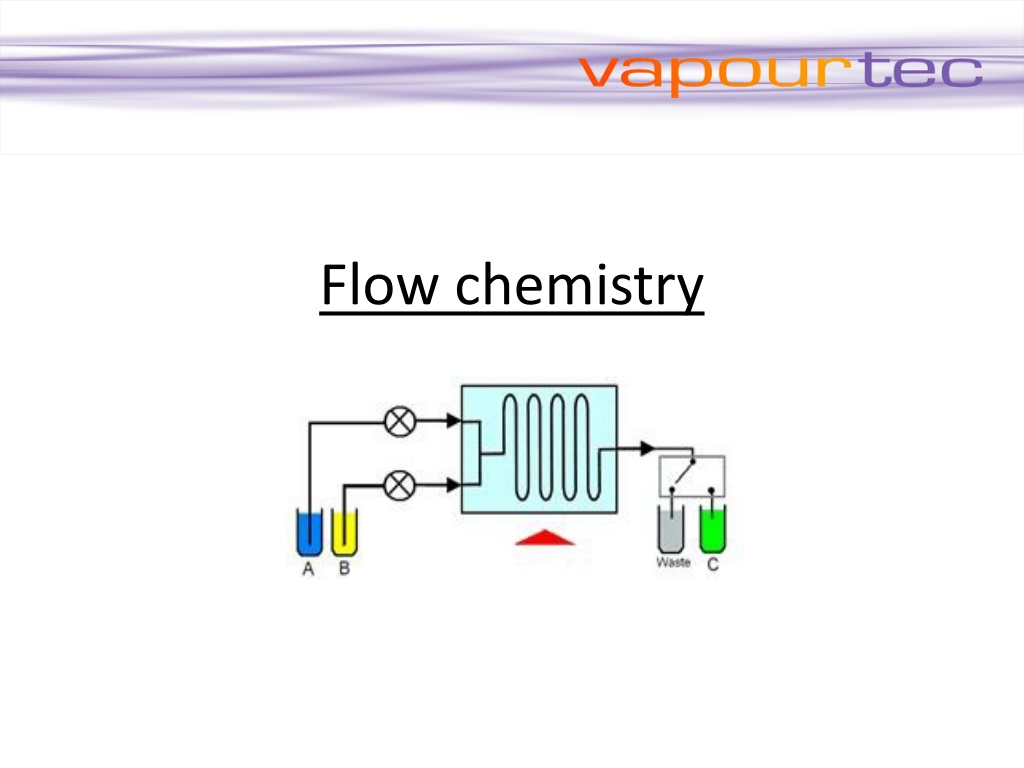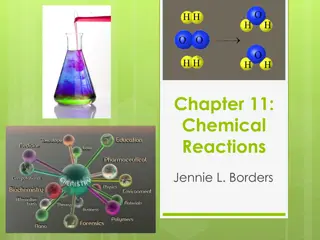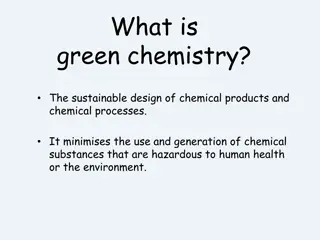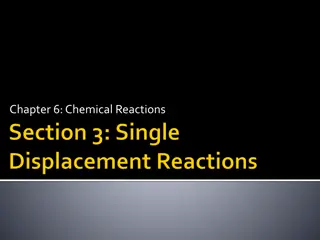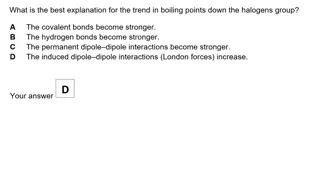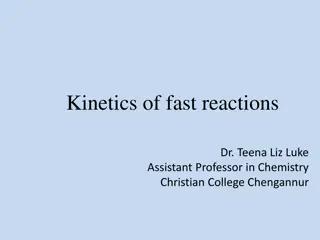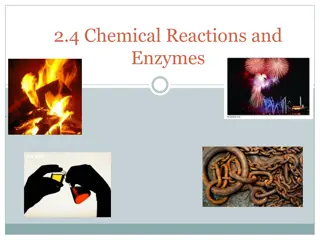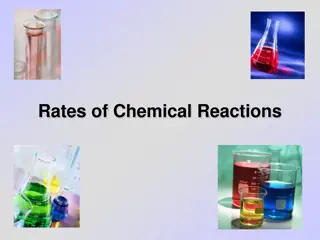Understanding Flow Chemistry for Efficient Chemical Reactions
Flow chemistry, also known as continuous flow or plug flow chemistry, revolutionizes chemical reactions by running them in a continuous flow stream. This dynamic process offers efficient manufacturing of chemical products with precise control over critical parameters like stoichiometry, mixing, temperature, and reaction time. Key features include reagents flowing under pressure, controlled reaction time through residence time, precise stoichiometry control, excellent heat and mass transfer, scalability, low inventory of materials, and more. Flow reactors eliminate the need for a headspace, ensure very low back-mixing, and allow for telescoped reactions. Examples of applications, such as the production of Tamoxifen and Artemisinin, demonstrate the potential impact of flow chemistry in the industry.
Download Presentation

Please find below an Image/Link to download the presentation.
The content on the website is provided AS IS for your information and personal use only. It may not be sold, licensed, or shared on other websites without obtaining consent from the author. Download presentation by click this link. If you encounter any issues during the download, it is possible that the publisher has removed the file from their server.
E N D
Presentation Transcript
Flow chemistry is also known as continuous flow or plug flow chemistry. It involves a chemical reaction run in a continuous flow stream. The process offers potential for the efficient manufacture of chemical products. Recent breakthroughs using Vapourtec systems are in production of Tamoxifen (Breast Cancer) and Artemisinin (Malaria). Reactants are first pumped into a mixing device. Flow continues through a temperature controlled reactor until the reaction is complete. The reactor can be a simple pipe, tube or complex micro-structured device. The mixing device and reactor are maintained at the temperature to promote the desired reaction. The reactants may also be exposed to an electrical flux or a photon flux to promote an electrochemical or photochemical reaction.
Flow chemistry differs from conventional batch chemistry by having the following important features: Flow of reagents In Flow chemistry reagents are pumped under pressure and flow continuously through the reactor. This contrasts with batch reactors where all reagents are loaded into a vessel at the start Control of reaction time Reaction time is determined by the time the reagents take to flow through the reactor. This period is called the residence time. Control of stoichiometry Reaction stoichiometry is controlled by the relative flow rates of the reactants. The concentration of one reagent relative to another can be increased simply by pumping that reagent at a higher rate of flow. Heat transfer Flow reactors have excellent heat transfer when compared with batch reactors. This feature is due to the much greater surface area to volume ratio of flow reactors over batch reactors. Mass transfer Reactors designed for flow chemistry have high rates of mass transfer. This is due to the small sizes and good mixing that is possible.
Flow Chemistry is easily scaled Flow reactions can simply be run for longer. This produces more material. Precise control Flow chemistry offers the chemist precise control of the four critical reaction parameters. These parameters being stoichiometry, mixing, temperature and reaction time Low inventory of materials When reactions are run in continuous flow only small quantities of potentially hazardous materials are in-process . Telescoped reactions Reactive intermediates don t need to be isolated. Flow reactions can be easily run in sequence or telescoped . No head-space Flow reactors do not require a head space. The pressure within the reactor is controlled by a device called a back pressure regulator (BPR). With high pressure batch reactors the gas within the head space must be pressurised. Very low back-mixing Flow reactors can be arranged to have very little or even no back-mixing
Examples of flow chemistry available from International publications: Continuous Flow-Processing of Organometallic Reagents Using an Advanced Peristaltic Pumping System and the Telescoped Flow Synthesis of (E/Z)- Tamoxifen continuous flow processing of organometallic reagents Philip R D Murray Duncan L Browne Julio C Pastre Chris Butters Duncan Guthrie Steven V Ley Dept. of Chemistry, University of Cambridge, UK Instituto de Qu mica, University of Campinas, Brazil Vapourtec Ltd, UK
This paper describes several representative examples of the use of organometallic reagents in a Vapourtec flow chemistry system. These include n-butyllithium, Grignard reagents, and DIBAL-H. Examples are reported over several hours of continuous pumping. Multigram quantities of products are produced. The highlight of the paper is an approach to the telescoped synthesis of (E/Z)-tamoxifen. Organometallic reagent- mediated transformations are used.
Continuous-Flow Synthesis of the Anti-Malaria Drug Artemisinin Continuous-Flow Synthesis of the Anti-Malaria Drug Artemisinin Fran ois L vesque1 Peter H. Seeberger1,2 1Department for Biomolecular Systems, Max-Planck Institute for Colloids and Interfaces, Germany 2Institute for Chemistry and Biochemistry, Freie Universit t Berlin, Germany This paper describes the use of flow chemistry techniques to develop a continuous-flow process. The process converts dihydroartemisinic acid into artemisinin in an inexpensive and scalable process. Artemisinin combination treatments are the first- line drugs in the global fight against Malaria.
